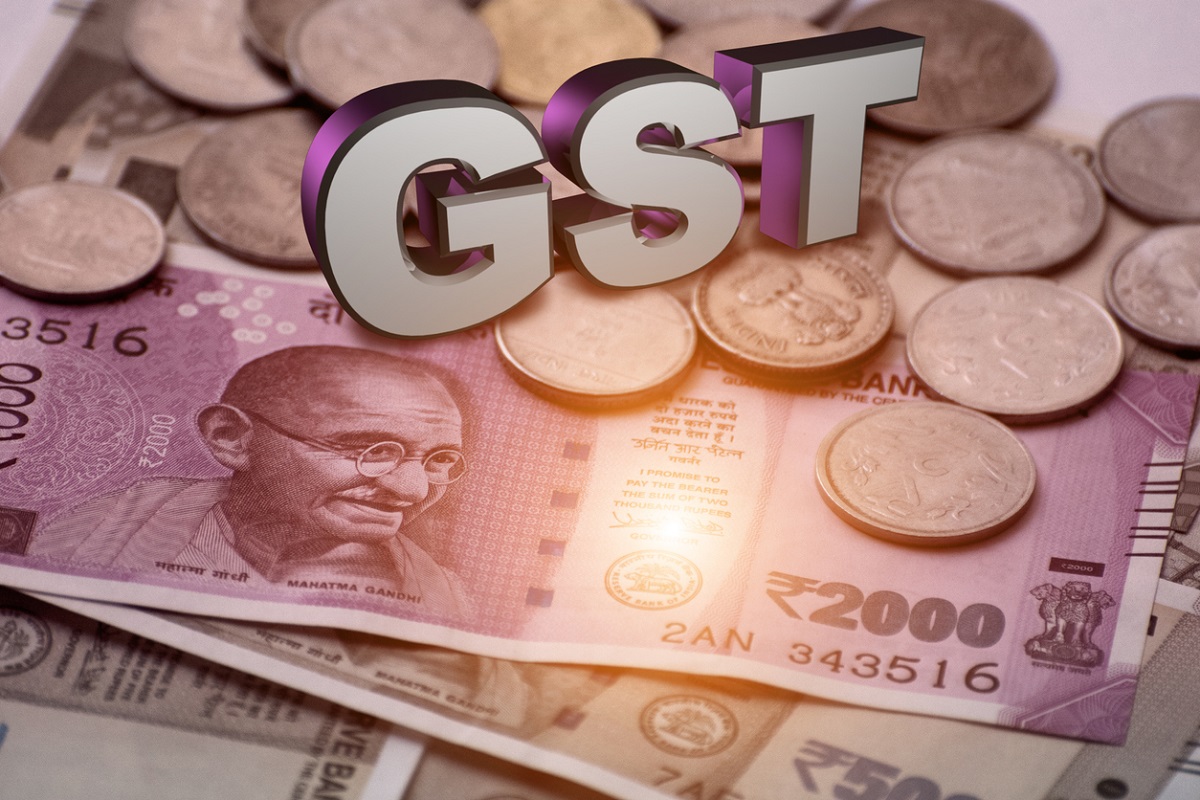There is merit in the argument that when something is to be done one might as well “just do it”. However, when the act pertains to critically transforming a country’s financial architecture, one cannot take the Nike approach, unless one wants to tempt providence. The rush to implement the goods and services tax (GST) before it was ready with either understanding or the math has the government scrambling to recalculate revenues to provide itself with elusive comfort ahead of the GST Council meet a couple of weeks away, with collections nowhere near the Rs 100,000 crore that had been talked about.
One can assert, without being unduly harsh on the government, that the GST is yet another example of a Made in India crisis, instead of being a solution. One was prepared to give the government a year, which it had sought, to iron out the wrinkles when it launched GST at midnight on 1 July 2017 but two years without even a basic understanding of the problems tormenting the levy can hardly be excused. What now obtains is a horrific web of multiple rates, with reliefs for some, exacerbated by additional cess, surcharges and the dreaded mandatory filing of monthly returns.
Advertisement
This is far removed from the promised uncomplicated, ‘one nation; one tax’ that the GST was supposed to be, with expectations of a single rate across all goods and services, ideally under 15 per cent, lowering costs for payer and administrator. Not only does the government not know how to set things right, it probably would not have accepted that things are going awfully awry had not the vocal automotive sector, with global financial investments, started baying for blood. In reworking the math, around how much it would lose because of sectoral reliefs that the government believes would have to be offered, the ‘fitment panel’ has its task cut out because, along with the automotive sector, there are the tyre, cement, airconditioner and large LCD television sectors in the 28 per cent bracket; larger automobiles attracting a larger levy.
Yet wisdom dictates that in seeking to reform the GST administration, not the automotive case but the Parle-G phenomenon should guide the government. The popular biscuit maker complains of “de-growing” and is contemplating laying off up to 10,000 workers because it cannot manage to sustain itself under an 18 per cent GST regime, serving as it does affordable biscuits, some under Rs five a pack for the aam aadmi. The lesson from the experience is that easing distress caused to the impoverished population, the not-so-formal sector, peopled by the ‘informals’, should drive government thinking.
This is not about demonizing the government but, when the hapless clay idol-maker exemplifies his tale of woe by pointing out that the demon’s hair piece attracts an 18 per cent GST, one needs to worry about how limited the GST council’s thinking about tax reforms is.









